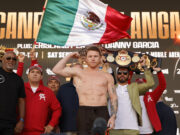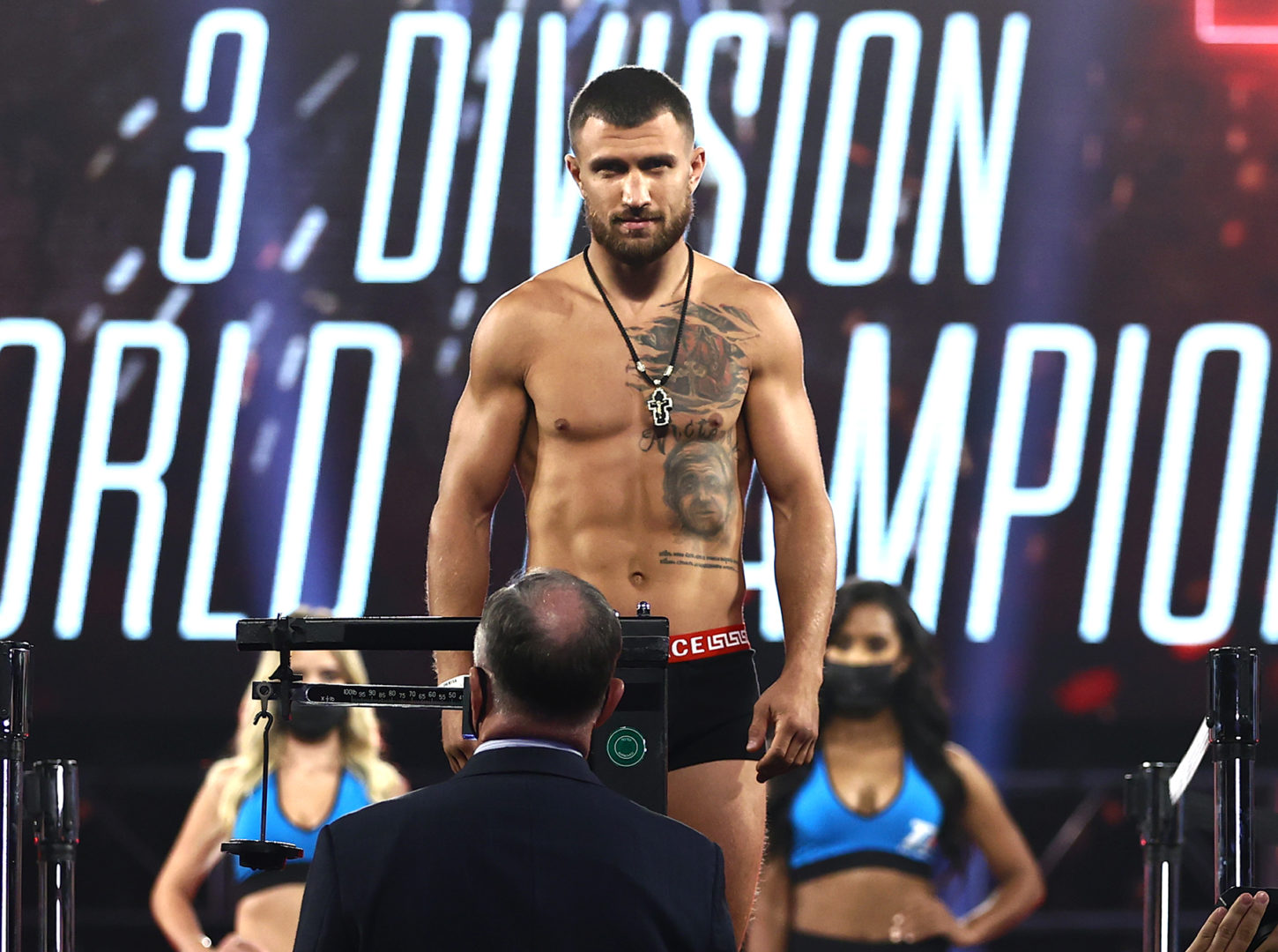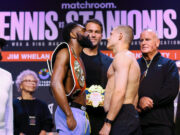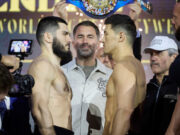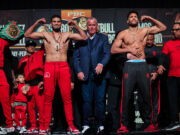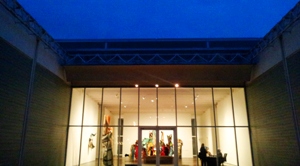
HOUSTON – Three miles southwest of Toyota Center, where junior featherweight world champion Nonito Donaire took Mexican Jorge Arce’s consciousness with a third-round left hook Saturday, there stands a complex of interesting buildings that collectively house the works of the Menil Collection, a free-admission museum comprising the lifetimes’ worth of collecting done by John and Dominique de Menil. The works are modern or tribal, and the main building itself, a masterpiece by Italian architect Renzo Piano, treats natural light like liquid poured gently from above, not wind for blocking.
What is most gratifying about the Menil Collection is its continuity. Nearby stands this city’s more famous collection – Museum of Fine Arts, Houston – an enormous labyrinth of periods and painters complemented by a wonderful sculpture garden, but a collection that, when contrasted with what the De Menils did, shows itself a product of committee collecting, board approvals and consensus. It lacks, that is, private collectors’ blessed tyrannies of vision. We return to this below.
But first “Filipino Flash” Nonito Donaire. He met informed expectations, Saturday, earning his fourth title defense of 2012, fighting at roughly twice the rate of what other nine prizefighters compose Chuck Giampa’s List, and making a sturdy case for himself as fighter of the year. Donaire, though, as yet inspires few strong feelings. He is exceptionally good at what he does, and now does an important thing by voluntarily subjecting himself to year-round PED testing, and he is a gracious ambassador for our sport, and he provided the Philippines a wee bit of solace by knocking out a Mexican a week after a Mexican disconnected Manny Pacquiao from his senses, but to write more than that is trying too hard.
Because victories come so easily to Donaire, aficionados wonder at his authenticity. But he continues to make deposits of goodwill in an escrow account for the day when a competitive challenger – an Abner Mares or Guillermo Rigondeaux – roughs him up and makes him climb off the mat. On that day, when aficionados can be sure he is more than a product of great matchmaking, there will be a flood of good things written and said about the run he’s had since driving Vic Darchinyan to Judah Street in 2007.
Darchinyan’s name, actually, was in the air last week, as it was what kept folks from climbing aboard the Nonito train and bringing it in full to Houston Station. After the way Darchinyan outclassed a 29-year-old Arce almost four years ago, it was hard to take Arce seriously as an opponent for one of the world’s five best prizefighters at the end of 2012. But good for Arce anyway, earning a last paycheck in the nearest way our sport comes to a pension plan. Arce retired immediately after Donaire knocked him flat, and let us hope retired is how Arce remains.
That’s a doubtful proposition. Arce cited a promise to his children, which means that in 18 months, when he’s bored with life and a calendar that is blank for the next 45 or so years, he might just go hang out at the gym and bring one of his children along. A week of that, and a fight on televisión in Los Mochis, and that child will invariably say, “Dad, why don’t you fight any more?” Promise revoked, Arce will return in a new weight class with a new trainer and a new focus and determination and freshness and strength and whatever the Spanish word is for “cliché,” and unpleasant spectacles will ensue.
In the meantime, we owe him a debt of gratitude for being entertaining without being boorish, for laughing at his own special effects – black cowboy hat, red lollipop, dancing horse – and for somehow finding a way to make a body that does not look at all fat at 150 pounds shrink, for an hour or two, into one that weighs 108 or 112 or 115 or 118 or 122. Arce won world titles in each of those five divisions.
His younger brother Francisco, not as talented but just as desirous of blood, fought in Phoenix 7 1/2 years ago, and Arce was there to show support, and almost no one knew it. Even dressed in black jeans, Arce, who was then between flyweight bloodlettings with Hussein Hussein, looked to be about five weight classes above 112 pounds, and not puffy at all. No one was sure it was him till his craggy front teeth pushed out a smile and it could be no one but “El Travieso (The Naughty One)” – a born showman at the precipice of celebrity. Twenty-one months later Cristian Mijares, a fellow Mexican, undressed Arce in San Antonio, and Arce’s decline was begun. Bless Arce, though, for being engaging and inventive enough still to finagle himself on an HBO main event 5 1/2 years later.
HBO is good a place as any to end this. Saturday night it bade farewell to Larry Merchant, its masterful commentator and voice of reason. Merchant has offered a good meter for at least a decade: With few exceptions, a boxing fan’s intelligence, maturity and sobriety can be measured in proportion to his appreciation for Merchant. The kids and circus barkers never did like Larry much; he didn’t go in for their fashion-conscious hype (a redundancy, that). Because he came out of the written word, ever a more sacred place than television, he understood the meaning of his and others’ utterances. He felt no need to end sentences with unwarranted exclamation marks. He took righteous and rightful umbrage with pacifistic athletes who gouged his employer for millions.
Merchant’s tastes and eloquence are a continuity now out of place at HBO, where on-air consensus-building, often to a point of hectoring, has replaced thoughtful dialogue and meaningful dissent. Farewell, then, Mr. Merchant. You were too good for them anyway.
Bart Barry can be reached at bart.barrys.email (at) gmail.com




